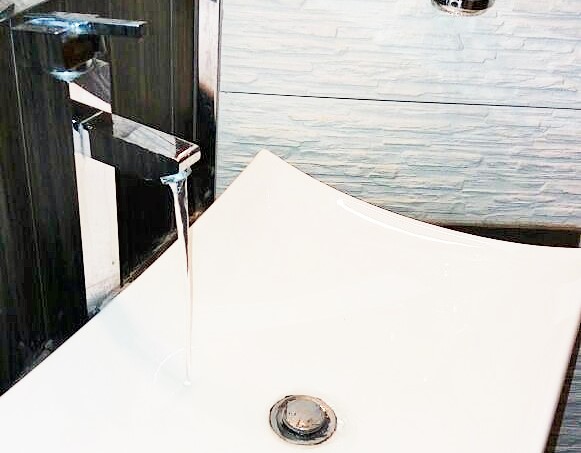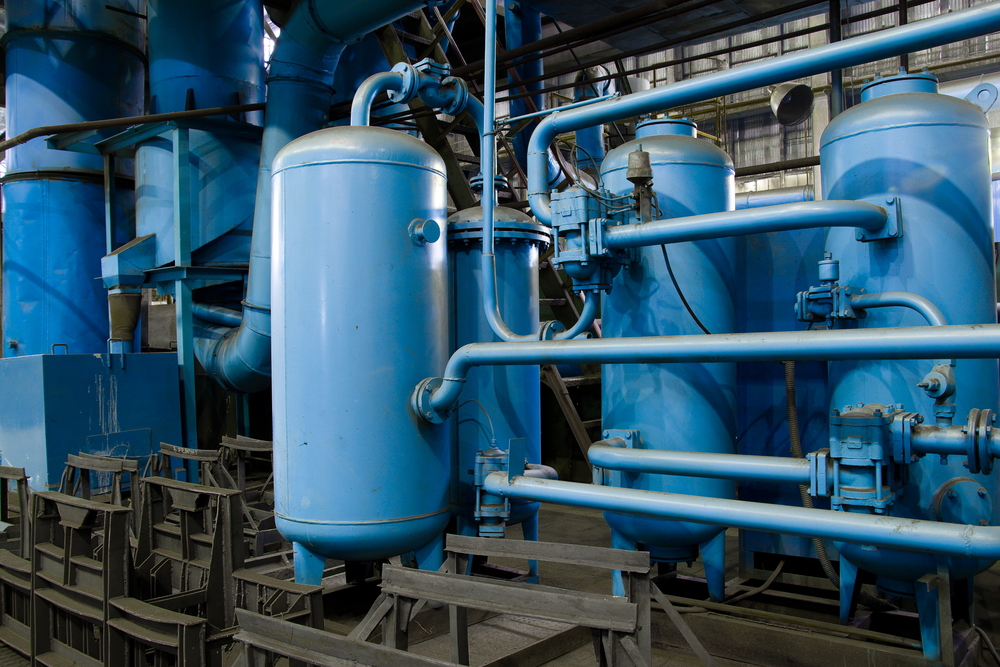Trusted Approaches for Resolving Low Water Pressure in Your Home
Trusted Approaches for Resolving Low Water Pressure in Your Home
Blog Article
Each person has their own piece of advice in relation to Low Water Pressure in the House?.

Low water pressure in your house can be an irritating problem, impacting whatever from showering to washing recipes. If you're experiencing weak water circulation, there are a number of feasible causes and remedies to discover. In this guide, we'll go over typical factors for low tide stress and functional steps to attend to the concern efficiently.
Introduction to Low Water Stress
Low water stress happens when the circulation of water from your taps, showers, and other components is weak than normal. This can make daily jobs a lot more tough and much less efficient. Understanding the sources of low tide pressure is crucial to discovering the appropriate option.
Common Reasons For Low Tide Stress
Faulty Pressure Regulators
Stress regulators are in charge of keeping consistent water pressure in your home. If they malfunction, it can cause low tide pressure or uneven flow throughout the house.
Local Water Issues
In some cases, the issue lies outside your home. Local supply of water concerns, such as main line leakages or maintenance job, can temporarily reduce water pressure in your area.
Pipeline Obstructions
In time, pipes can become obstructed with natural resource, sediment, or debris, limiting the flow of water. This is a typical concern in older homes with galvanized steel pipes.
Deterioration
Rust within pipes can lead to leaks and decreased water stress. Corrosion buildup can constrict water circulation, especially in aging plumbing systems.
Exactly How to Detect Low Water Pressure
Inspecting Pipes
Inspect noticeable pipes for indicators of leaks, deterioration, or obstructions. Take notice of any unusual audios, such as knocking or rattling pipes, which could show issues within the plumbing system.
Consulting with a Plumber
If you're unable to pinpoint the source of low water stress, take into consideration working with a professional plumber to conduct a thorough assessment. They can identify underlying issues and suggest ideal solutions.
Checking Faucets and Components
Start by examining the water stress at different faucets and components throughout your home. If the concern is separated to certain locations, it may suggest local problems.
Do It Yourself Solutions to Deal With Low Water Pressure
Flushing Water Heater
Sediment buildup in the hot water heater can restrict flow and minimize effectiveness. Flushing the storage tank regularly helps eliminate sediment and keep optimum performance.
Examining Pressure Regulator
Make sure that the stress regulator is working correctly. Changing or replacing the regulatory authority can assist bring back appropriate water pressure throughout your home.
Cleaning Aerators and Showerheads
Mineral deposits can collect in aerators and showerheads, decreasing water circulation. Remove and clean these parts regularly to improve water pressure.
Clearing Up Clogs in Pipeline
For minor clogs, try using a plumbing snake or chemical drainpipe cleaner to clear obstructions in pipes. Beware when making use of chemicals and comply with safety and security standards.
When to Call a Specialist Plumber
If do it yourself initiatives stop working to resolve the issue or if you think significant plumbing problems, it's ideal to look for aid from an accredited plumber. They have the proficiency and devices to resolve intricate concerns securely and successfully.
Safety Nets to Keep Water Stress
Installing a Stress Booster
Consider setting up a stress booster pump to enhance water stress in areas with consistently low flow. This can be particularly advantageous for multi-story homes or homes with high-demand components.
Monitoring Water Usage
Be mindful of water use routines and stay clear of ill-using the plumbing system. Basic changes, such as staggering showers and laundry loads, can aid keep appropriate water stress.
Normal Maintenance
Schedule routine upkeep for your plumbing system to prevent issues such as deterioration, leaks, and blockages. Addressing minor issues early can assist avoid even more considerable repair work later on.
Final thought
Taking care of low tide stress can be irritating, however determining the underlying reasons and implementing suitable services can recover optimal circulation throughout your home. Whether it's cleaning up aerators, evaluating pipelines, or seeking advice from a plumber, taking proactive steps can make sure a constant supply of water for your day-to-day requirements.
FOUR WAYS TO FIX LOW WATER PRESSURE NOW
Turning on a shower or faucet only to find the water comes out in a sad, slow drizzle is never a good feeling. How exactly are you supposed to wash a pan or take a quick shower when it takes 10 minutes just to rinse off a little soap? The good news is that when your water pressure is bad, there's always a cause: typically one that can be easily fixed. Here are some of the most common causes of low pressure and what you can do to fix the issue:
DEBRIS AND MINERAL DEPOSIT BUILDUPS
If you notice low water pressure from just one or two of the fixtures in your house, the problem likely has to do with debris buildup. Water is full of minerals and other debris, all of which can accumulate in your pipes and on your fixtures. This can cause a blockage that affects how much water flows through. To fix this, try filling a small plastic bag with white vinegar, and use a rubber band to hang it around your showerhead or faucet. Let the head of the fixture soak for a few hours, and the vinegar should loosen the deposits.
WATER LEAKS
Leaks are another common cause of low water pressure. If water is flowing out of your plumbing through a hole or crack before it can reach your fixture, the pressure coming out of the faucet or showerhead will be lower. A plumbing professional is your best bet for finding and repairing a leak in your water supply pipes.
Leaks are another common cause of low water pressure. If water is flowing out of your plumbing through a hole or crack before it can reach your fixture, the pressure coming out of the faucet or showerhead will be lower. A plumbing professional is your best bet for finding and repairing a leak in your water supply pipes.
A VALVE ISSUE
If you have low water pressure throughout your home, check your main shut-off valve to make sure it's completely open. You may also want to see if there's a pressure-reducing valve installed. If there is, have a plumber help you adjust the settings to get the pressure you're looking for.
OTHERS USING WATER
Believe it or not, your low water pressure could be caused by your neighbors. If you notice low pressure at certain times of day, it may be because you and the people living next to you have similar schedules - when everyone is showering at the same time, the pressure will be lower in every home. Low pressure throughout the neighborhood may also be caused by an issue with your municipal water supply. If that's the case, call the supplier to see if they're working on the issue.
https://www.rotorooter.com/blog/water-leaking/low-water-pressure-fixes/

Hopefully you liked our article on 4 Ways to Troubleshoot Low Water Pressure. Many thanks for finding the time to read through our article post. I beg you take a moment to promote this write-up if you liked it. I recognize the value of reading our article about Low Water Pressure in the House?.
Call Report this page